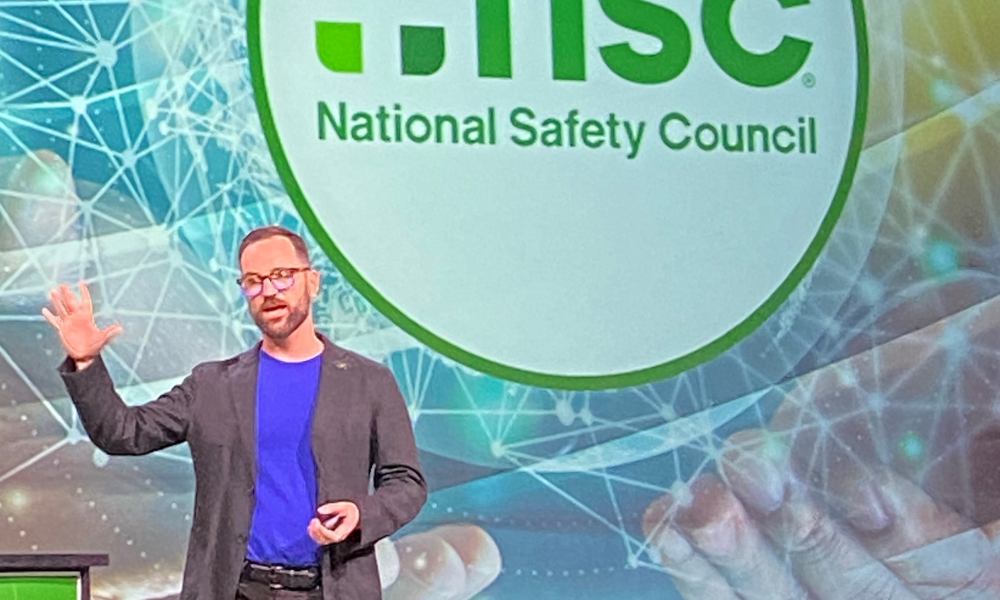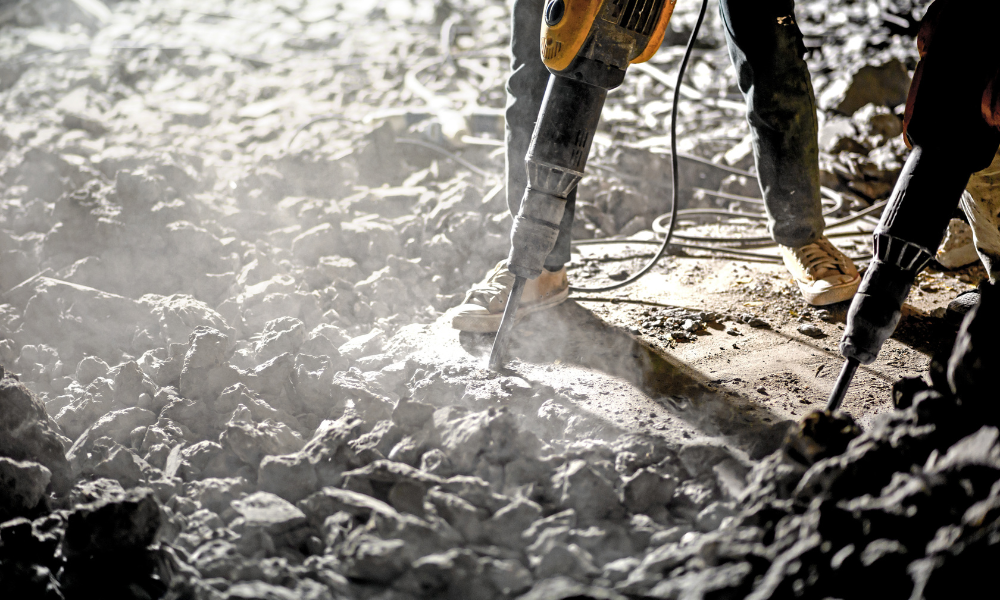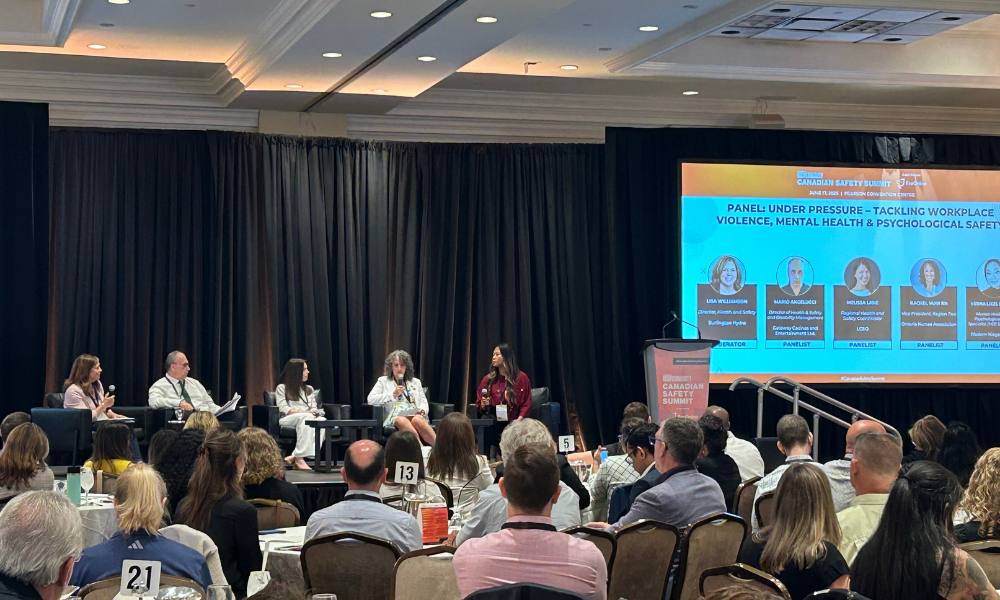Why occupational safety needs 'more radicals ready to advance and test new ideas'

The National Safety Council Expo and Congress in New Orleans witnessed a thought-provoking presentation by Cam Stevens, a renowned expert in occupational health and safety and technology. Stevens took the audience on a journey into the future, where technology is poised to revolutionize the field of occupational health and safety and challenged them to embrace the journey.
"We would benefit if there were more radicals ready to advance and test new ideas," exclaimed Stevens, who began by highlighting the current state of occupational safety, acknowledging the progress made over the years, but recognizing challenges persist, with many industries still grappling with high accident rates.
The future is now
He then introduced a compelling futuristic scenario featuring Tanya, a health and safety professional in the construction industry. Tanya utilized cutting-edge technology to enhance her safety and decision-making processes. Tanya’s evaluation of a single construction project included the use of voice assistants, geolocation, facial recognition, virtual reality headsets, drones, computer vision, wearable technology, and real-time data analysis.
"Every single one of those technologies that I just described, I personally use those technologies in my day-to-day work," explained Stevens. "That future scenario I’m describing is absolutely achievable today. And all the technology exists right now, at your fingertips. It's just a matter of being able to unlock that opportunity," he proclaimed.
The heart of Stevens' message revolved around rethinking the traditional hierarchy of risk controls. He challenged safety professionals to leverage digital solutions and innovation to improve the design of work, ultimately enhancing safety. "A technology-enhanced hierarchy of risk controls goes further to look at ways that we can use digital solutions and technology and innovation to improve the design of work. If we improve the design of work, we can improve the safety of work," he asserted.
The power of curiosity and relationships
Stevens encouraged attendees to embark on this transformative journey by focusing on four key principles: curiosity, technical literacy, building relationships, and engaging in strategic collaboration. He specifically zeroes in on curiosity and relationships, saying, "if you apply curiosity and have good quality relationships, every single one of you in this room has the potential to come up with a fabulous solution."
Throughout his presentation, Stevens showcased various technological innovations that are available today, including 3D modeling, virtual reality, computer vision, wearable sensors, and more. He highlighted the importance of partnerships with technology vendors, unions, and other stakeholders to drive change and innovation in the field of occupational health and safety.
Stevens concluded with a powerful quote from a safety manual dating back to Tennessee in 1955, a time when new technology was transforming the workplace.
“The future is, as it has always been, most unsettling. Here is a chance for some serious thinking and evaluation. There's no reason for a safety person to view general technological trends with alarm. Our hope is that we will be brave enough to dare to try new ideas. We've been given a great opportunity and a great responsibility to extend and improve the future of health and safety for uncounted thousands of people.”
An inspiring message, as true now, as it was nearly 70 years ago.





